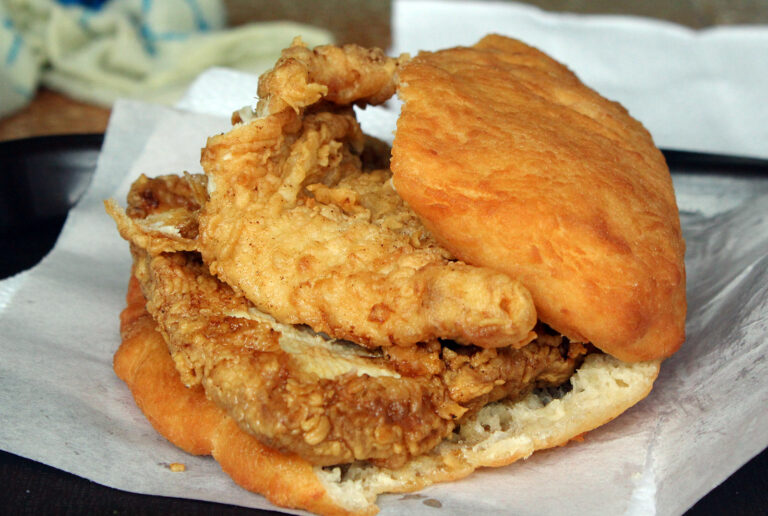Introduction: Cuisine and Culture in Trinidad and Tobago
Trinidad and Tobago is a small island nation located in the southern Caribbean. The country is renowned for its vibrant culture, which is a fusion of African, Indian, European, and indigenous influences. The country’s cuisine is a reflection of this diversity, with a blend of spices, flavors, and cooking techniques that make it unique. In this article, we will explore the origins of Trinidadian cuisine and the influence of the country’s indigenous culture on its culinary traditions.
The Origins of Trinidadian Cuisine: A Historical Overview
Trinidad and Tobago’s cuisine is a melting pot of cultures that have contributed to its development over the centuries. The country’s indigenous people, the Amerindians, were the first to cultivate crops such as cassava, corn, and yams, which are still staples in Trinidadian cuisine today. The arrival of European colonizers brought new ingredients such as rice, wheat, and sugar cane, which were incorporated into the local diet. The introduction of African slaves brought new cooking techniques, such as frying and stewing, which are now synonymous with Trinidadian cuisine.
Indigenous Influence: Ingredients and Cooking Techniques
The indigenous people of Trinidad and Tobago have had a significant impact on the country’s cuisine. Many of the ingredients used in Trinidadian dishes, such as cassava, corn, and yams, were originally cultivated by the Amerindians. The use of seasonings such as culantro, chives, and peppers can also be traced back to the Amerindians. The Amerindians also introduced the technique of roasting foods over an open flame, which is still used today in dishes such as BBQ chicken.
A Closer Look at Popular Trinidadian Dishes with Indigenous Influences
Many popular Trinidadian dishes have their roots in the country’s indigenous culture. One such dish is callaloo, which is a soup made with taro leaves, coconut milk, and seasonings. Another is cassava bread, which is made from cassava flour and water and is a staple in the Amerindian diet. Other dishes that incorporate indigenous ingredients and cooking techniques include corn soup, cornmeal porridge, and pepper pot stew.
Beyond the Plate: Cultural Significance and Preservation
Trinidadian cuisine is not just about the food; it also has cultural significance and plays an important part in the country’s heritage. The preservation of traditional cooking techniques and indigenous ingredients is crucial in maintaining the country’s cultural identity. Many local organizations are working to promote and preserve Trinidadian cuisine and its indigenous roots. By doing so, they are also helping to sustain local agriculture and support local farmers.
Conclusion: The Importance of Recognizing Indigenous Influences in Trinidadian Cuisine
Trinidad and Tobago’s cuisine is a blend of cultures and influences, and the country’s indigenous culture has played a significant role in its development. The use of indigenous ingredients and cooking techniques is not only important for maintaining the country’s cultural heritage but also for promoting sustainability and supporting local agriculture. By recognizing and celebrating the indigenous influences on Trinidadian cuisine, we can gain a deeper appreciation for the country’s diverse culinary traditions.


